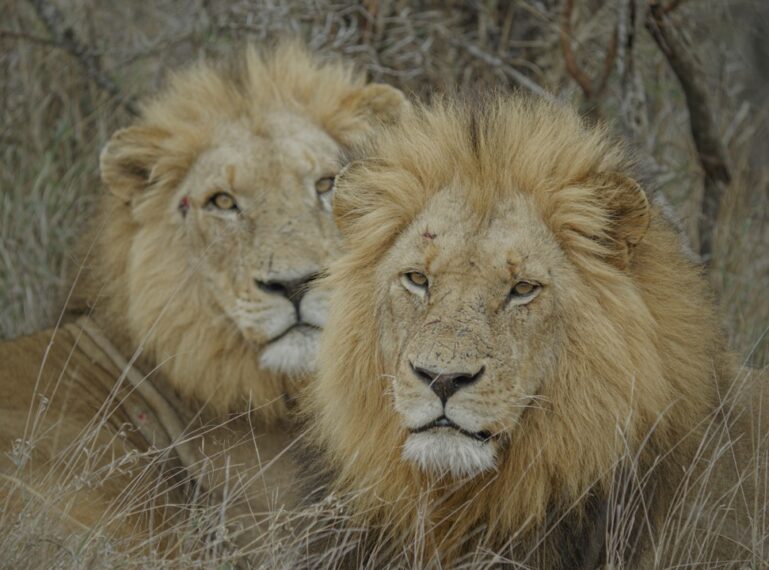
The rosettes of a leopard, the painted markings of a wild dog, the tawny coat of a lion, and the dazzling stripes of a zebra, each pattern tells a remarkable story of survival, disguise and camouflage in the wild.
In the African bush, camouflage isn’t reserved for predator or prey. It’s the story of adaptation, shaped by evolution. Nature’s ingenuity reveals itself in every coat, every colour, every clever deception.
In this post, we explore how natural selection has curated the art of blending in. From subtle hues to striking patterns, each one is a strategy in the endless dance of hunter and hunted. It’s what makes every safari an exhilarating challenge! Tracking creatures designed in blend seamlessly into the landscapes they live in.
Camouflage is nature’s art
Camouflage is a survival strategy that has been shaped by evolution. Whether predator or prey, animals have adapted with colours, patterns, and behaviours that help them vanish into their surroundings.
For prey, it makes them harder to be spotted and seen by hungry eyes.
For predators, it’s their weapon. Allowing them to move unseen as they stalk or wait to ambush their next meal from a bush. This invisible dance is a constant push and pull. As prey evolve better camouflage, predators sharpen their vision and instincts. Camouflage is a living conversation between hunter and hunted. It is an example of evolution that continues to tick, written in shades of shadow and light.
Is it a log? Is it a leaf? Or is it a cat about to ambush?
Mimicking ground cover, the textures of plants and the dappled light of trees. The range of genius adaptation is testament to nature’s limitless creativity.
From concealing colouration that allows an animal to melt into its environment, to disruptive colouration that breaks up the outline of a body, from mimicry and disguise, where animals imitate other objects or species, to counter-shading, which uses light and shadow to flatten and obscure. Each strategy plays a crucial role in the art of survival.
Fixed and active camouflage
The tawny coat of a lion allows it to blend seamlessly into the golden grass of the savannah. It’s an example of both concealing and fixed colouration. Especially during the dry season, when the land fades into dusty shades of gold honey and amber. This is the lion’s prime hunting time. Not only does its camouflage become more effective, but the thinning foliage makes prey easier to spot and stalk.
Look closely and you’l notice darker markings on the tips of a lion’s ears. These serve as important visual cues for young cubs following adults through tall grass or underbrush. It’s one of the subtle but vital ways a pride stays connected on the move or coordinating during a hunt.
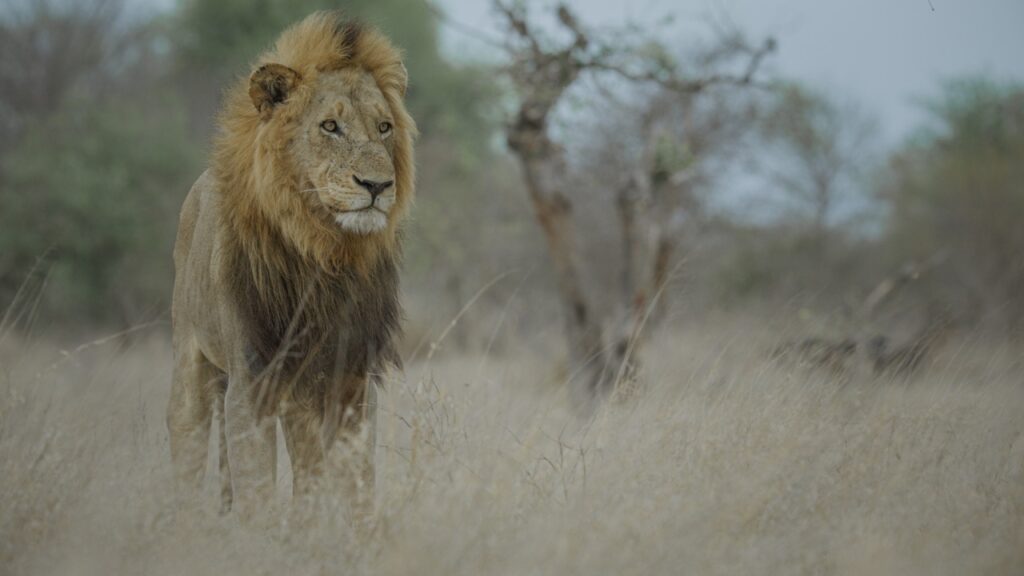 Karma, karma, karma, karma, karma chameleon!
Karma, karma, karma, karma, karma chameleon!
Often the first creature that springs to mind when considering camouflage is the chameleon. There are few animals that embody the concept of camouflage quite like this unique and distinct reptile. The chameleon is an example of active camouflage. It has the ability to shift its colouration in response to its surroundings.
Recent research suggests that a chameleon’s colour changes are influenced more by mood, stress, and social signalling (like feeling frisky or territorial) than camouflage alone. Like a living mood ring. Still, these ever-changing hues are only possible because the chameleon is already naturally well-camouflaged within its habitat.
Flap neck chameleons are commonly found in the Kruger and Botswana, if you’re lucky enough to spot one.
Their colour variation goes from pale yellow through green shades to brown. (Resting bright green)
This allows them to blend into the surrounding hues of the bushveld. The place to keep a eye out for these cute critters is crossing the road and during night game drives as the light reflects off of them making them easier to spot. It’s unforgettable when a tracker pulls over to show you one of these tiny, camouflaged creatures!
The are other animals that rely on seasonal camouflage. It means they change their appearance over time to match the shifting landscape. Take the Arctic fox, it is brown in summer and white in winter. Allowing it to blend in perfectly with snow-covered terrain and then the earth as the ice melts. Whether slow and seasonal or swift and reactive, these adaptations are all part of nature’s intricate strategy for survival.
Developmental camouflage
Hyena pups are born with dark, almost black coats, which gradually lighten and develop spots as they grow older.
This early dark colouration serves a purpose. It helps the pups blend into the shadows of their dens while their mothers are away hunting. They can wait in the entrance and remain somewhat hidden or scurry into the tunnels to escape danger. It’s a form of developmental camouflage, designed specifically for the vulnerable early stages of life.
In the case of hyena pups, it is not the season that changes but their role in the wild. As they grow stronger and venture out into the wilderness, their spotted, lighter coats serve as better camouflage.
The bold and the beautiful
Spots, stripes, and bold patterns serve a powerful purpose in the wild. They break up and fragement the outline of an animal’s body, blending it into the surrounding environment and making it difficult to detect. Known as disruptive colouration, it can be in stillness and in movement depending on the animal.
Since most mammals, including many predators, are colourblind and see primarily in black and white, this form of camouflage is particularly effective for prey and predator alike.
Animals such as leopards, cheetahs, kudu, zebras, and many ground-dwelling birds and reptiles all rely on disruptive colouration to avoid detection, to stealthily approach their target or to confuse them.
Why did all the zebra cross the road?
To confuse the lion?! Zebras (according to our eye sight) do anything but blend into the landscape. Their bold black and white stripes are a striking contrast to the subtle hues of the African wilderness.
To a colourblind predator, a fleeing herd appears as a confusing, chaotic blur. Stripes merge and shift, making it difficult for them to isolate a single target.
This dazzling effect not only disrupts vision (and is where their collective comes from!) but also plays into one of the most fascinating outcomes of natural selection. It is a survival strategy that has developed and relies on the safety of the group. Disruptive colouration in species like zebra doesn’t just protect the individual, it is has evolved with the species as a whole.
Master of disguise
He/she-who-shall-not-be-found (unless he wishes), the ultimate master of disguise – the elusive leopard.
Its rosetted coat serves as disruptive colouration, breaking up the shape of its body and helping it disappear into the dappled light of tree canopies or the broken textures of dry bush. At the same time, its overall tawny colour allows it to blend seamlessly into its surrounding landscape making it a ghost in plain sight.
This combination of pattern and tone makes the leopard a master of stealth and disguise. An exquisite and beautiful example of adaptation perfectly designed for silent ambush.
Perhaps, that is what makes seeing a leopard one of the most enthralling encounters when on safari.
On safari, games drive and bush walks are like treasure hunts through the wild where nothing is quite as it seems.
A boulder that turns out to be a hippo, bark that turns out to be an owl, the swish of a tail alerting you to a lion laying down. Nature hiding its wonders in plain sight. Asking us to slow down and tune into the landscape and expand our awareness. To tap into our senses and to fully experience the wild not just observe it.
Explore our iconic collection of safari lodges and boutique bush camps in the Greater Kruger and Botswana.
Chat to our reservations team here to book your next wild adventure into the African bush
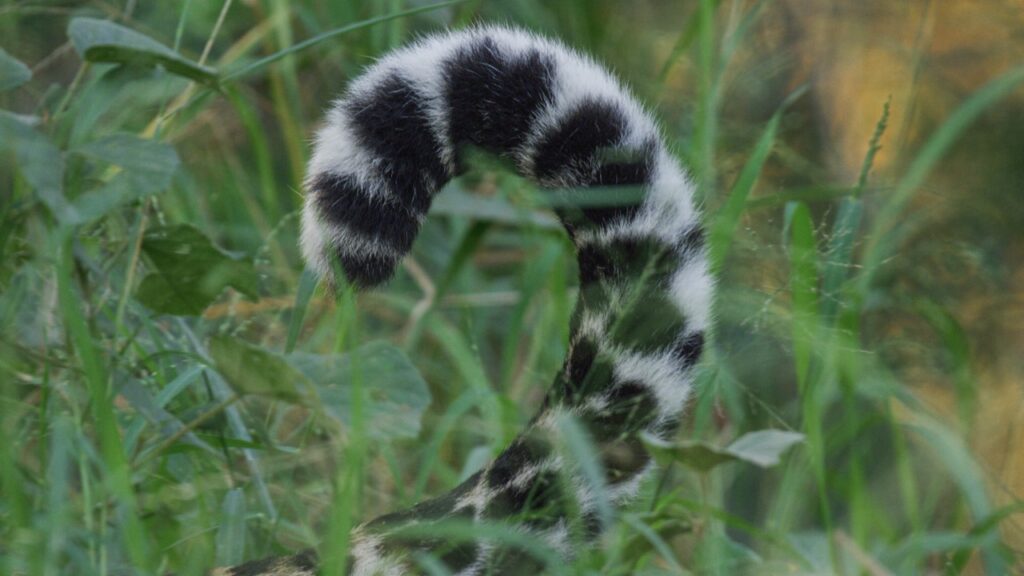
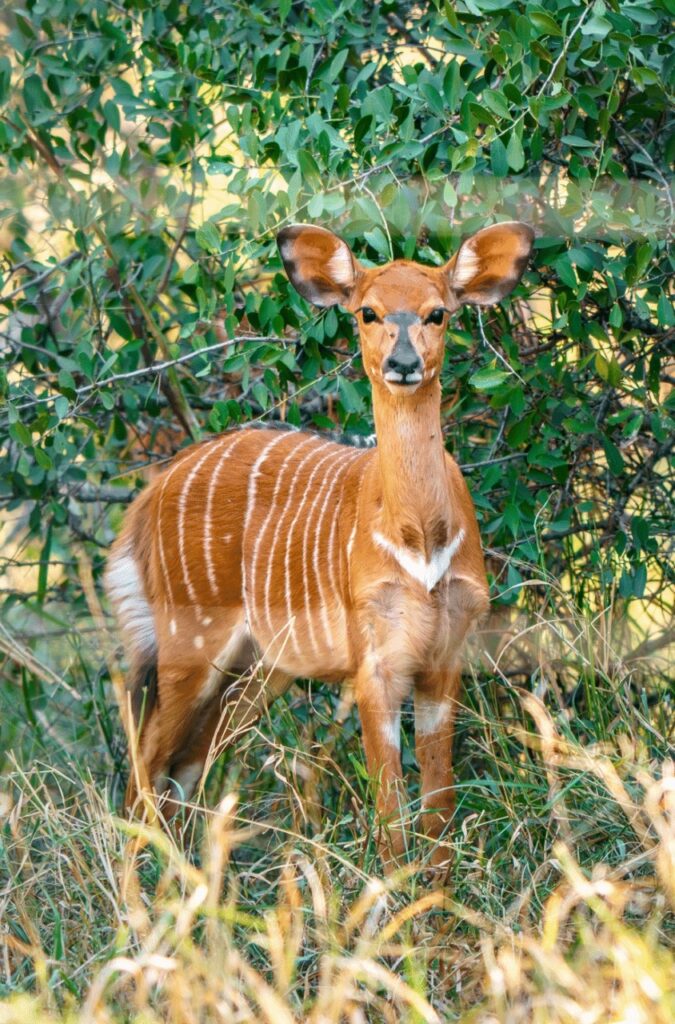
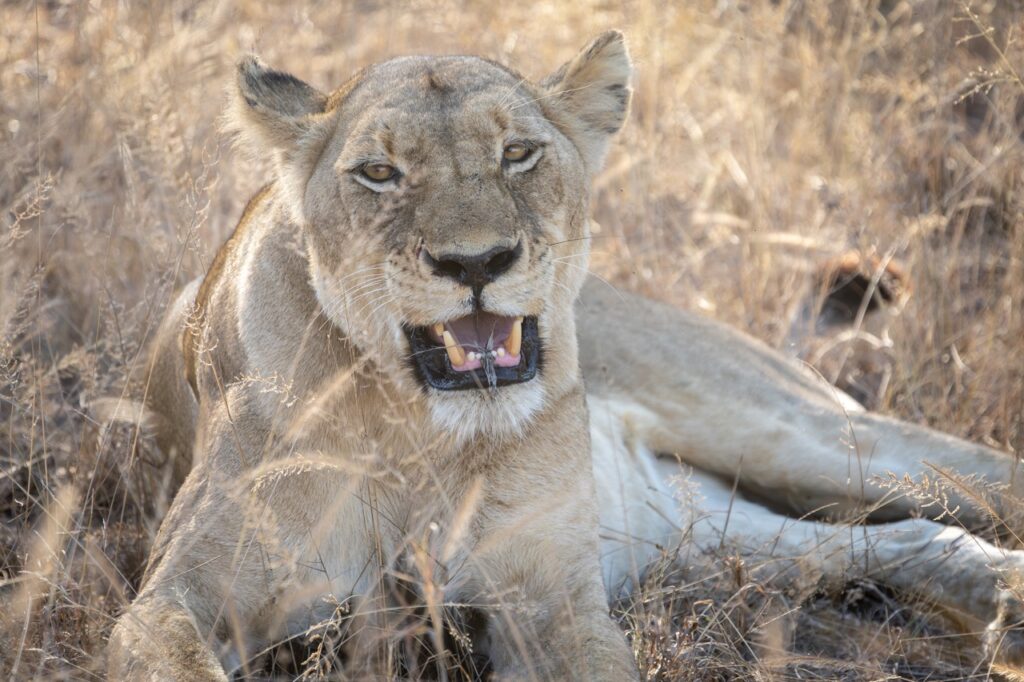
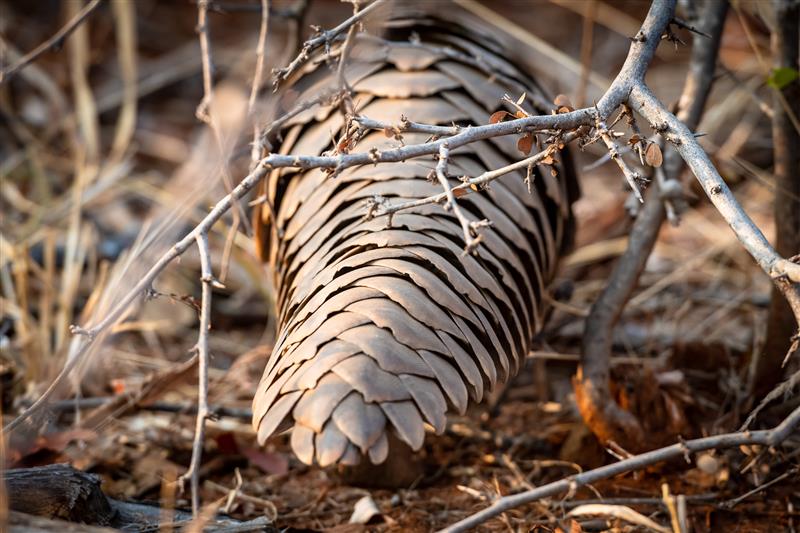
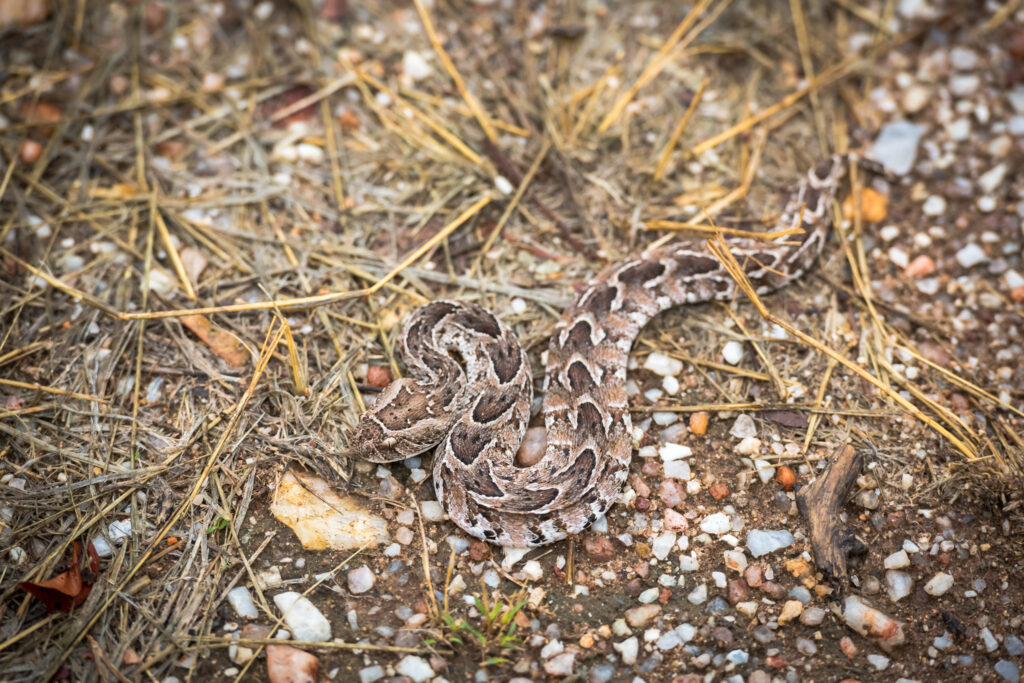
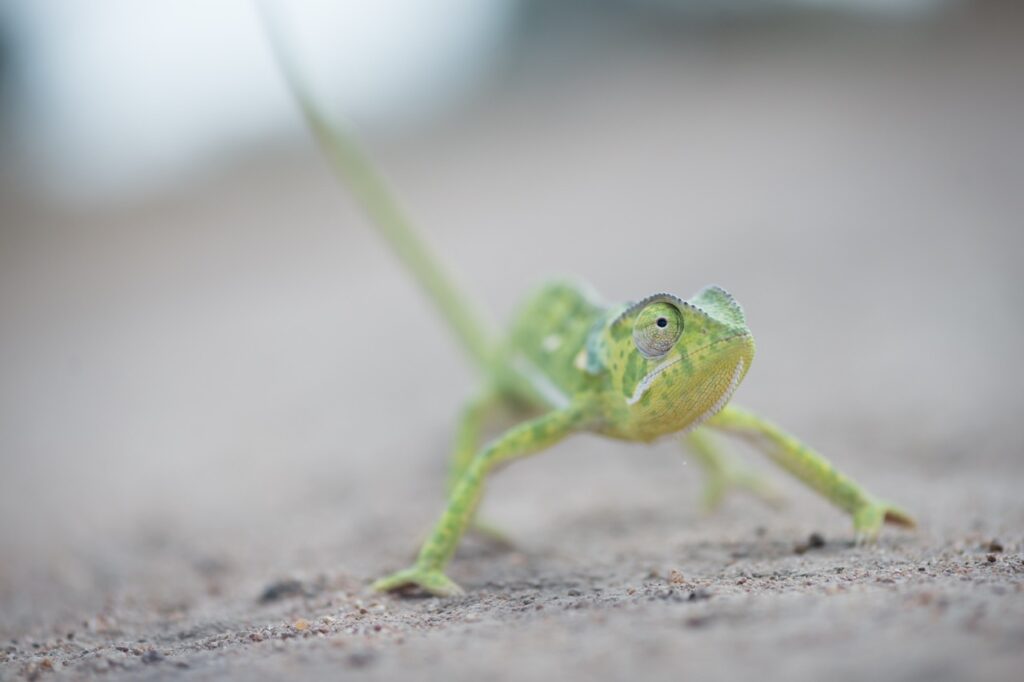
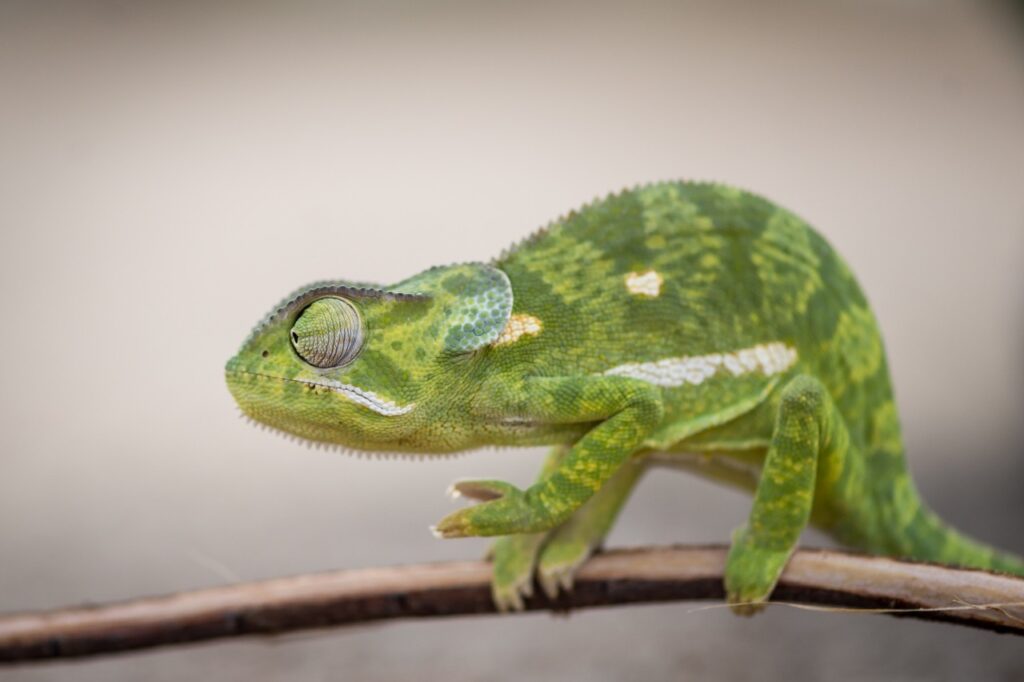
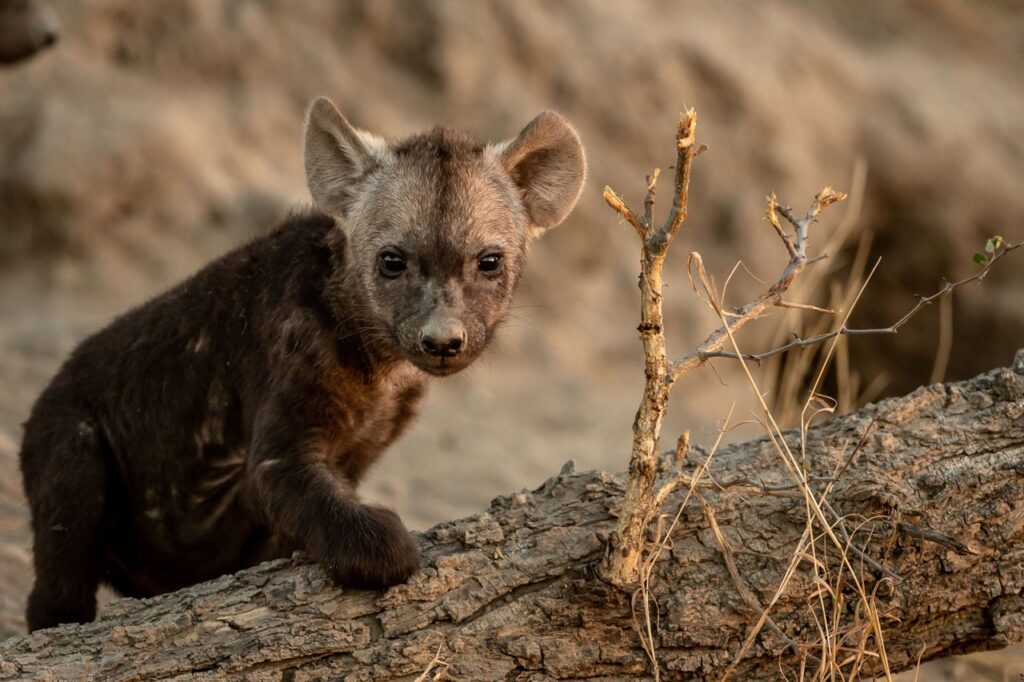
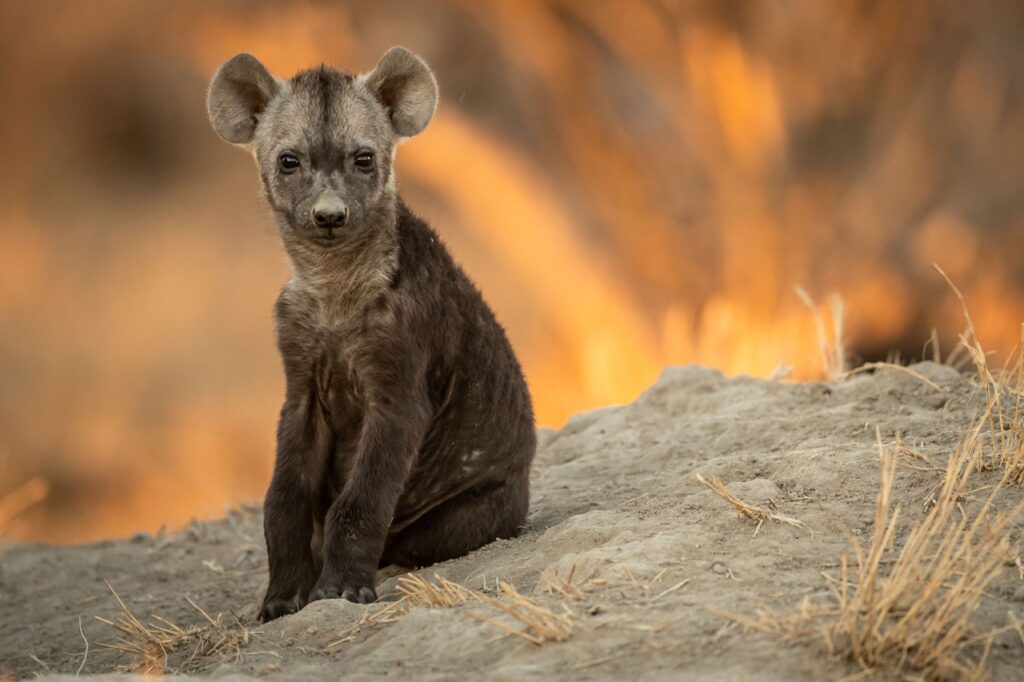
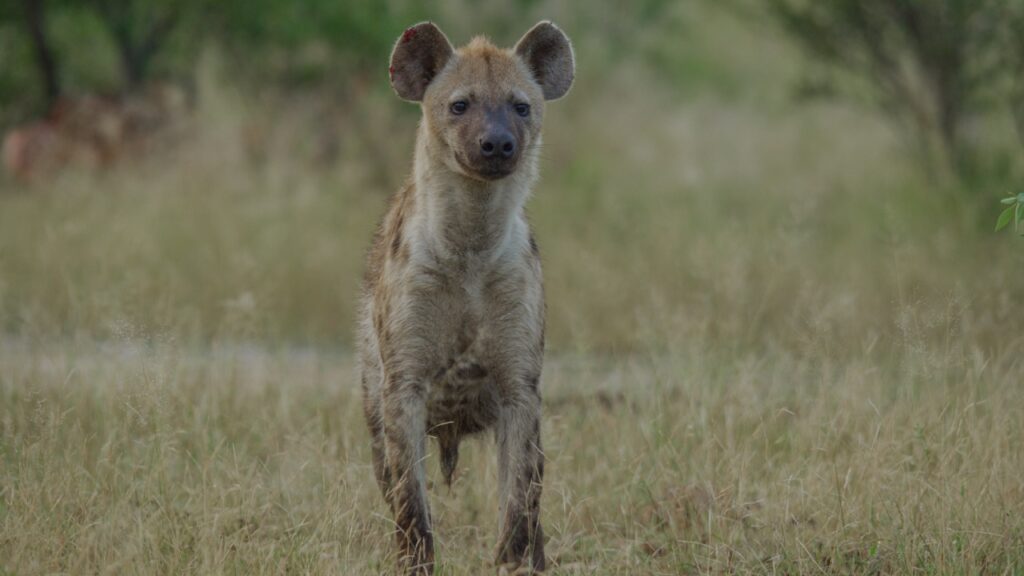
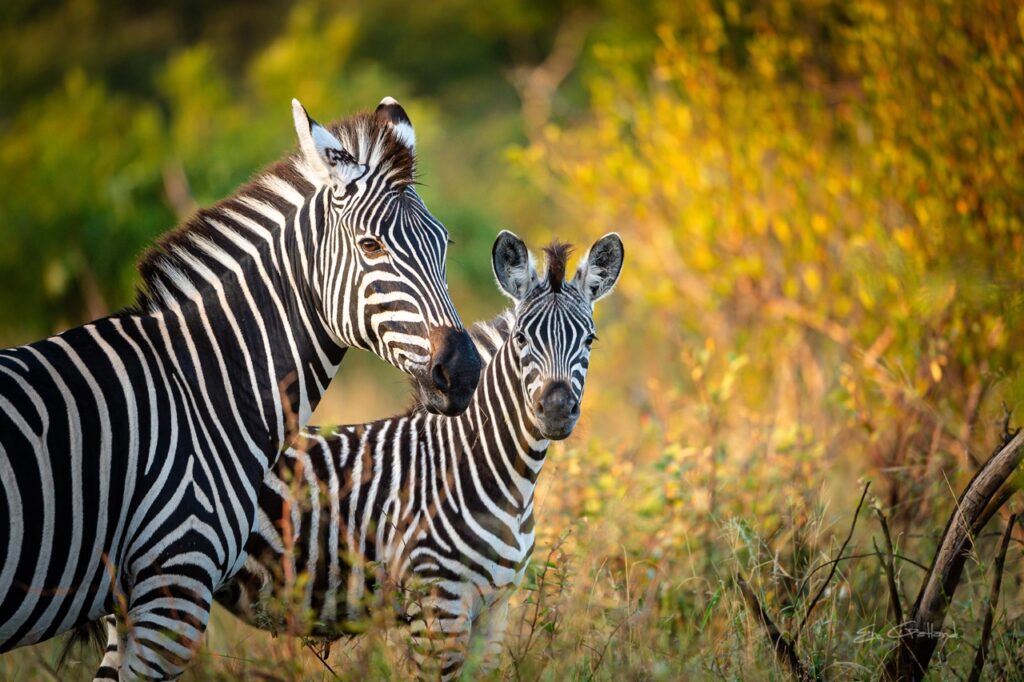
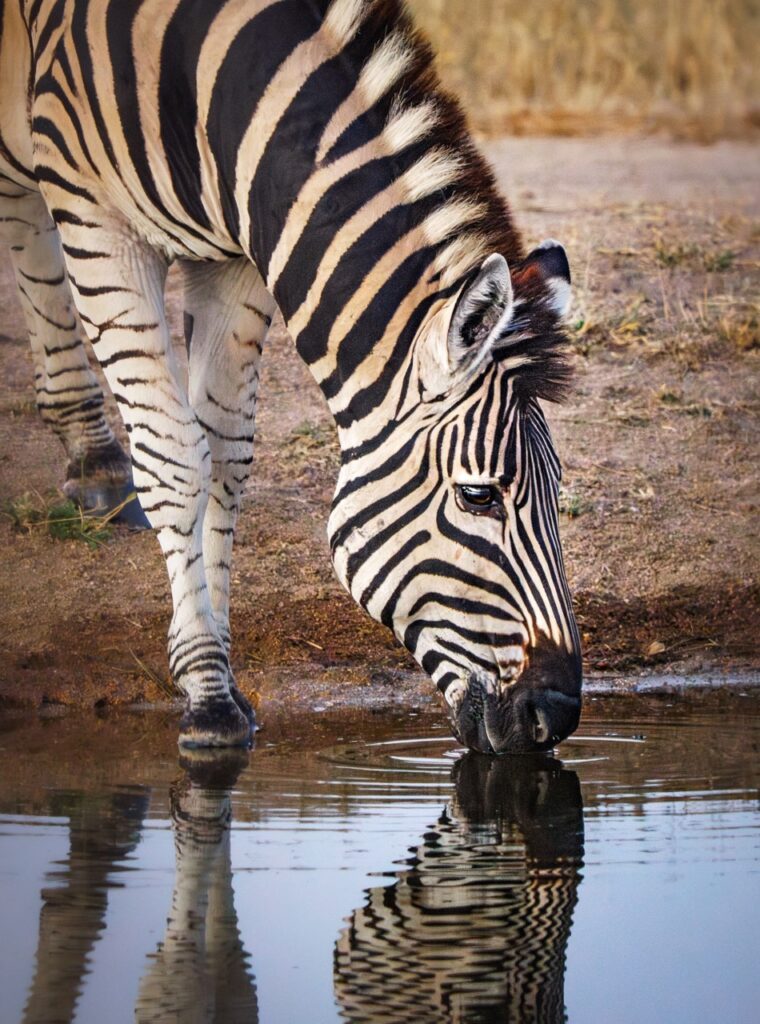
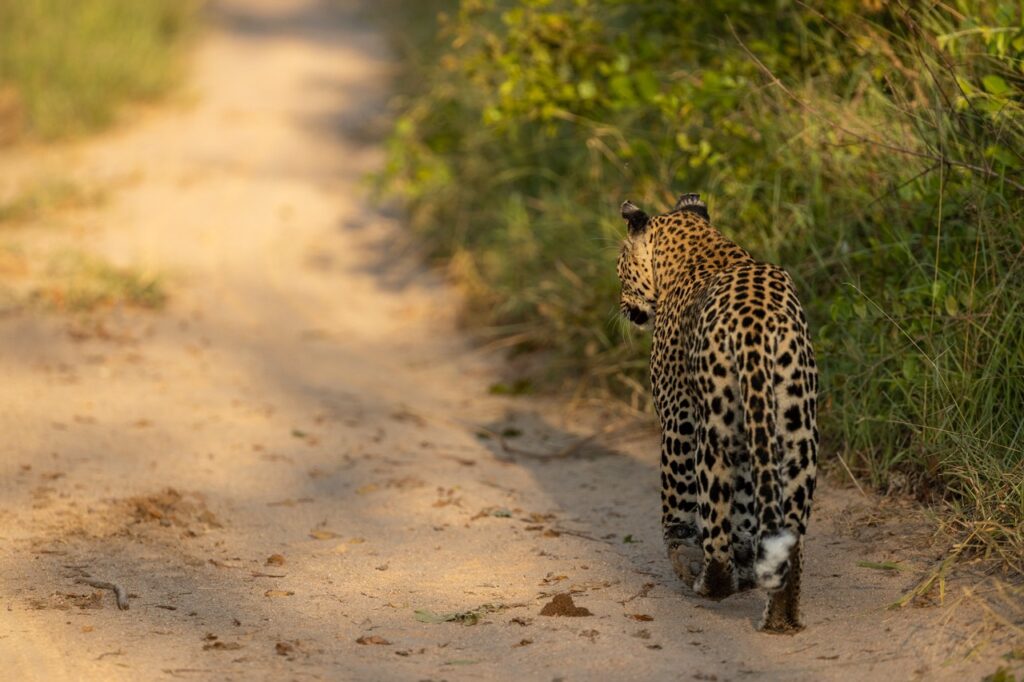
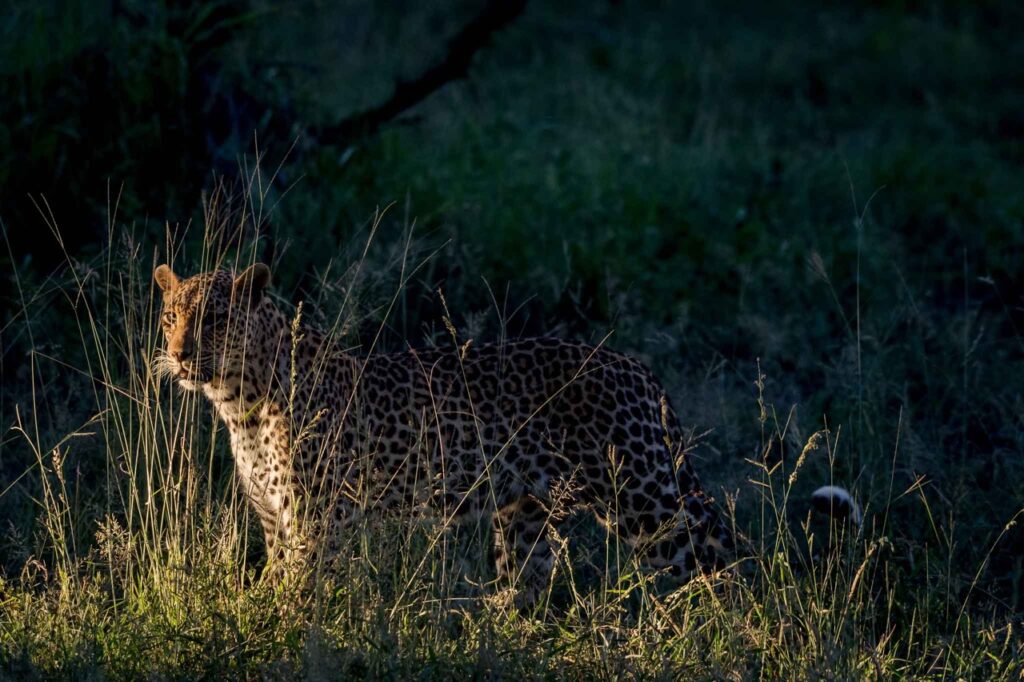
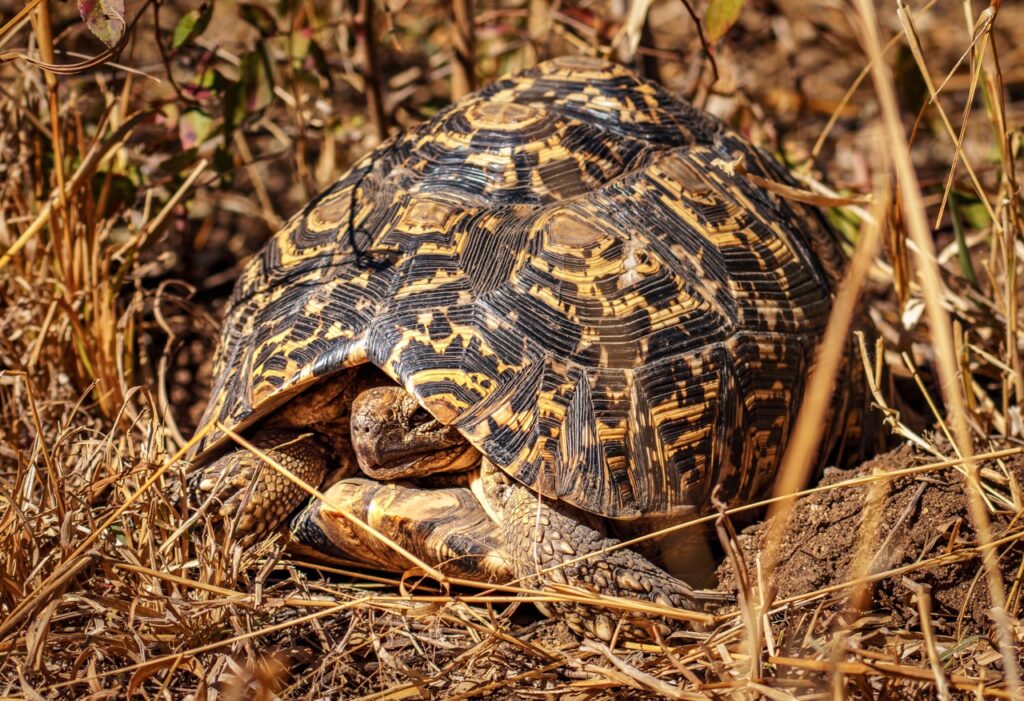
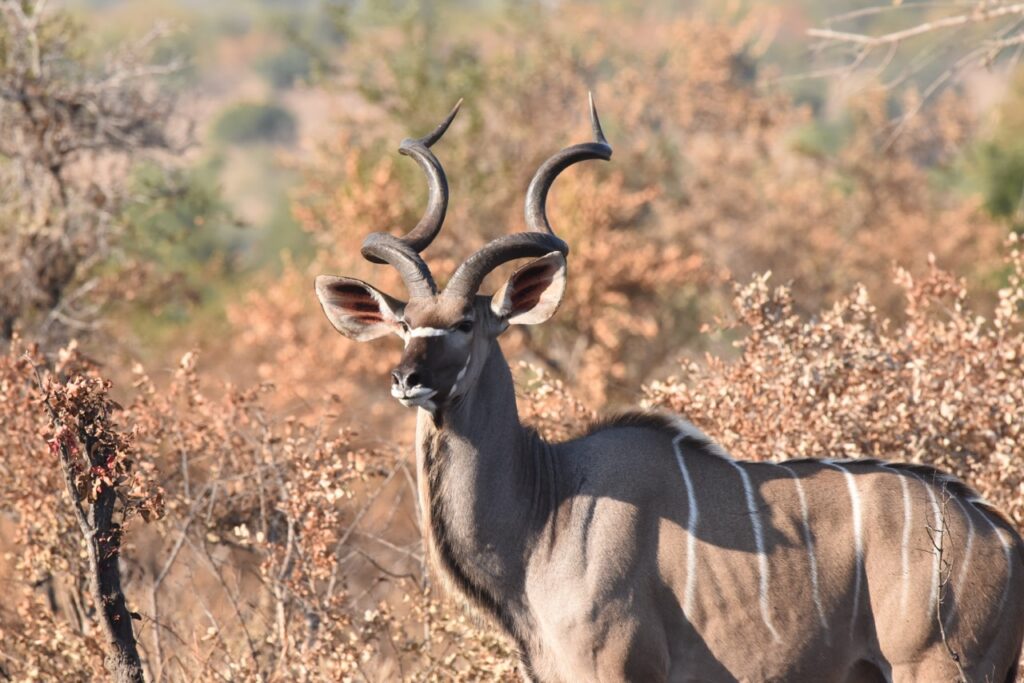
Leave a Comment